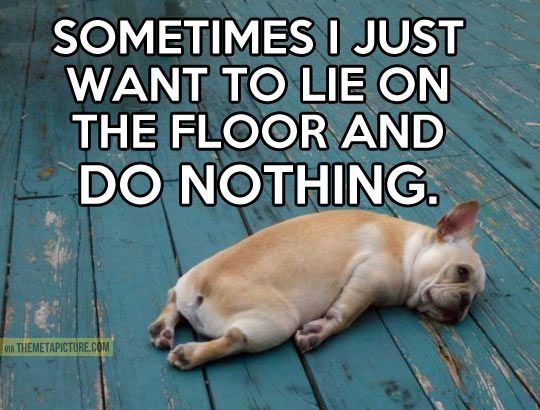daws101
Diamond Member
- Banned
- #61
Still no answer cancer or cost?When you answer the question about cancer or money , I might think about it .till then no.Then explain why we are trying to cure the hole in the ozone layer (and cut down on Global Warming and the detrimental effects of UV rays) by paying out all that money to REDUCE the amount of ozone...You might want to check yours.Wrong links but thanks for playing.
They are both credible links, and demonstrate that:
1) Less ozone (creating a " hole" in the ozone layer) contributes to Global warming, and
2) Less ozone in the atmosphere will allow more UV rays (which are detrimental to plant and animal life) to reach the surface...
Gee, if you can't read the links I posted and figure that out, you might want to check your family tree...
View attachment 50986
I did not say your link were not credible .
False assumption is a classic example of inbreeding.
And while you're at it, please explain why we REDUCED the amount of CFCs to PROTECT The ozone layer if we have TOO MUCH ozone...
Feel free to post links backing up your nonsense...
Ozone and UV: Where Are We Now? - SkinCancer.org
The stratospheric ozone layer absorbs most of the harmfulultraviolet B (UVB) radiation (shortwave UV rays measuring 280-315 nanometers, or nm) emitted by the sun. In small amounts, UVB radiation is helpful to life (e.g., for the production of vitamin D). But what happens when the ozone layer is threatened?
The more damage there is to the ozone layer, the more UVB rays that reach our bodies. UVB rays (as well as the sun's longer-wave, UVA rays, from 315-400 nm) can produce DNA damage in the skin and mucous membranes, causing genetic mutations that can lead to skin cancer, premature skin aging, cataracts and other eye conditions. Excessive UV exposure can also weaken immune system functioning, reducing our ability to fight off skin cancers and other maladies. Therefore, ozone loss is a serious health threat.
Reduced stratospheric ozone leads to increases in surfaceultraviolet (UV) radiation. UV light is divided into three bands: UVC (100-280 nanometers), UVB, and UVA. UVC is the most dangerous, but is mostly absorbed by oxygen and ozone molecules in the stratosphere and does not reach the earth's surface. When UV radiation passes through the earth's atmosphere, some of it collides with other molecules and particles, causing it to bounce around and change direction. This scattered UV radiation can increase sunburn risk even when you are in the shade.
UVB is partly scattered back to space by the atmosphere and absorbed by ozone, limiting how much reaches the earth throughout the year, while UVA is absorbed less by ozone and scattered less by the atmosphere; thus a larger percentage of UVA reaches the earth year-round. UVB strikes the earth more intensely during summer months when the sun is higher in the sky, so that the radiation travels on a shorter path through the atmosphere. Ozone and clouds are the most important factors in limiting UVB penetration. How much UV reaches the earth's surface depends on the amount of ozone overhead, clouds, small particles or aerosols, and pollution.
Measuring long-term changes in UV penetration is quite difficult. First, the amount of ozone overhead varies daily because of weather patterns, and to a lesser extent, due to ozone destruction by CFCs. Secondly, cloud systems change rapidly, and can cause the amount of surface UV to change by 10 to 50 percent (occasionally more) within minutes: While thick, uniform cloud layers allow little UV to arrive at the earth's surface, side reflections from tall, puffy clouds can actually enhance penetration of UV radiation by a few percent when compared with clear skies. As much as 80 percent of UV Radiation can pass through thin clouds that appear to block the sun, so that you can sunburn even on an apparently cloudy day. Since 1979, we have been able to estimate this large variation in UV levels on the ground by using satellites that measure ozone and cloud amounts over the entire earth, and then calculating the UV penetration to the ground. The calculations are validated by ground-based instruments.
Because of ozone depletion, by the mid-1990s average clear sky erythemal (skin reddening/sunburn-inducing) radiation had increased by about seven percent from levels in the 1970s at middle latitudes. This has fallen off somewhat and is now only about four percent higher than in the 1970s. [Figure 3].

FIGURE 3. The calculated percent change in UV irradiance caused by percent
changes in ozone over the continental United States. The ozone change is estimated
from satellite measurements over the United States.
I hope you don't mind scientific evidence...
Now we know that reducing the amount of ozone will cost money, so tell me...
Why should we spend that money to INCREASE Global Warming and kill people???
I'm waiting...
